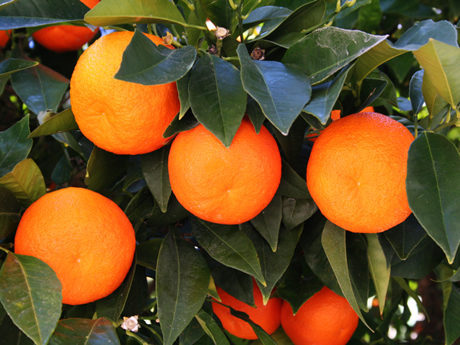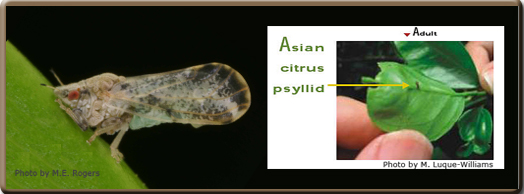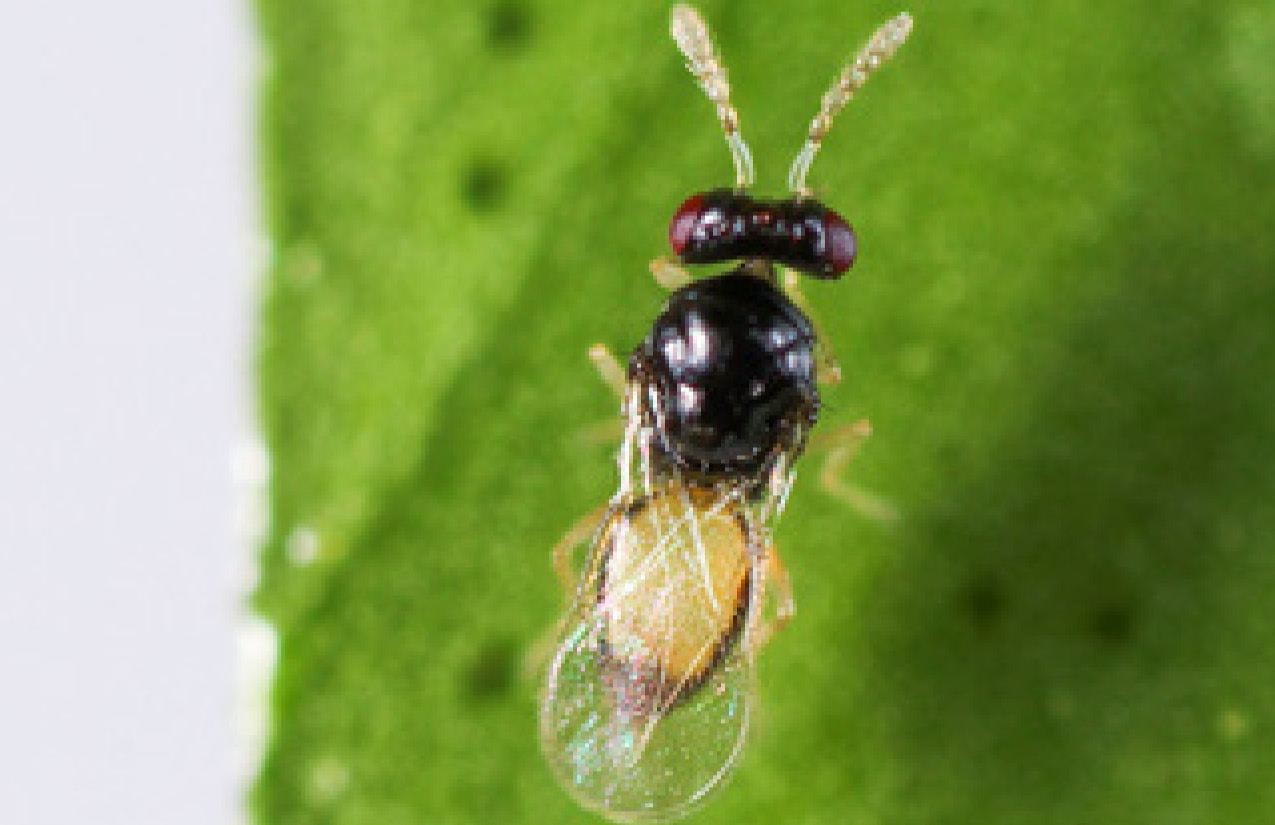HLB Detected Again in San Gabriel
46 HLB Positive Trees in California
News Release from Citrus Insider
CDFA routinely conducts HLB surveys throughout the state based on a risk model that considers factors that may make an area more likely to have a presence of the disease. CDFA has further fine-tuned this approach by increasing the number of samples pulled from citrus trees that are considered high risk. This strategic approach – developed by the CDFA lead diagnostician with input from the Citrus Pest & Disease Prevention Program and leading scientific researchers – has helped pinpoint infected trees.
State and local crews are building relationships with residents in the area, which not only helps gain access to properties, but also results in swift removal of trees identified as having HLB. While removal of diseased trees is mandatory, positive homeowner relationships encourage cooperation. Of the eight trees recently detected, seven have already been removed or been scheduled for removal by CDFA. Crews are contacting the property owner of the remaining citrus tree Tuesday, March 28, and will pursue quick removal.
In 2016, CDFA collected nearly 50,000 plant samples and nearly 80,000 Asian citrus psyllid samples to test for HLB. Since sample collection began in 2008, more than 400,000 plant and psyllid samples have been collected and processed. This diligent work has contributed to quick detection and eradication of diseased trees.
As a part of the Citrus Pest & Disease Prevention Program, CDFA will continue surveying and sampling the area for HLB and keep the industry abreast of finds as they occur.























